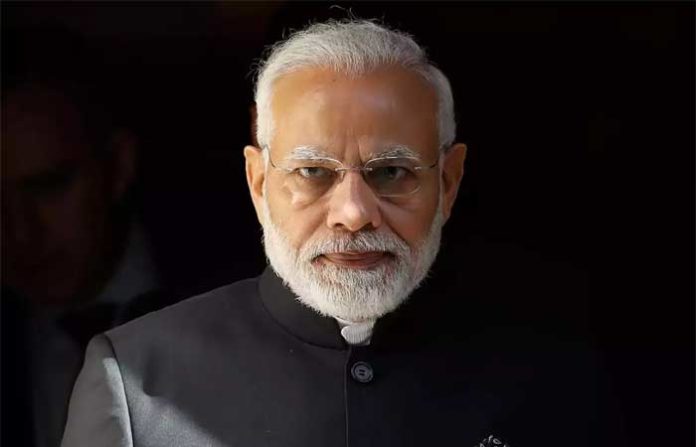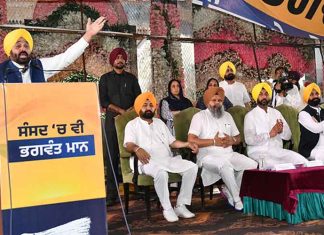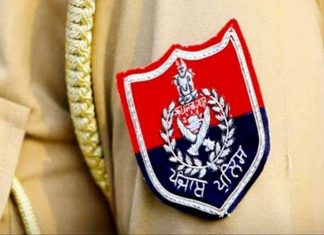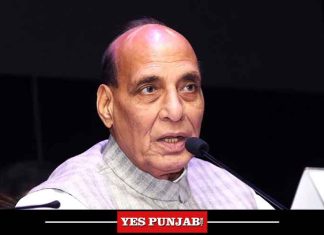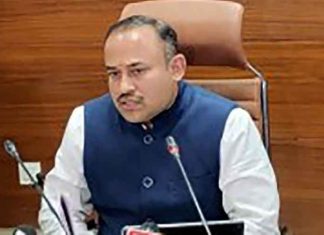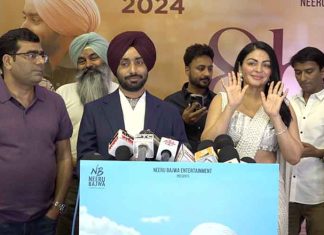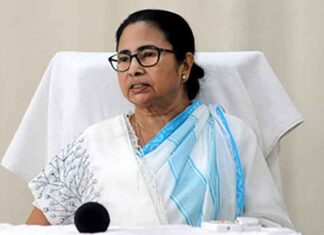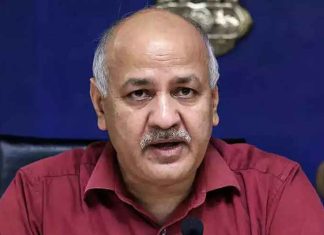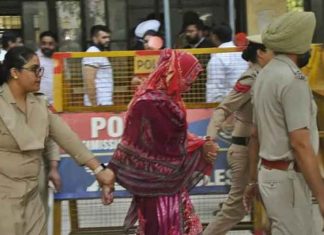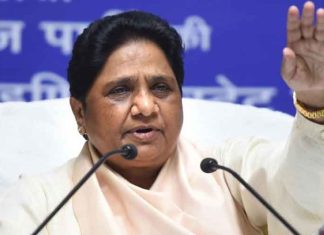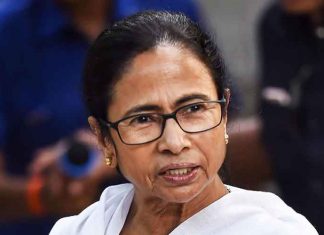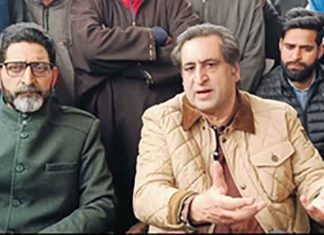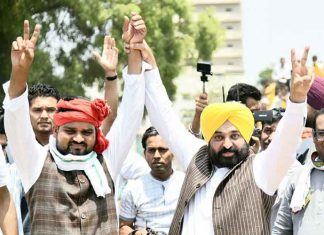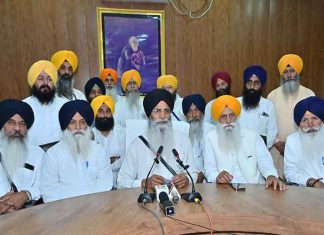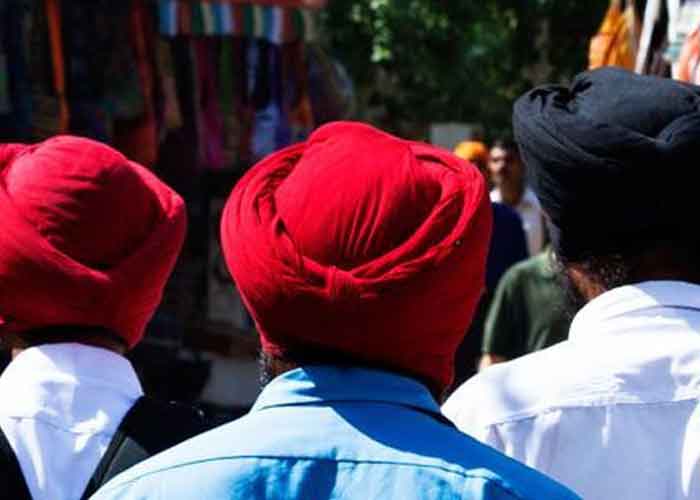New Delhi, May 26, 2019-
Four key economic issues — GDP figures from CSO, fiscal deficit numbers from CGA, Jalan panel report on RBI surplus and RBI circular on NPA resolution — are awaiting formation of government as the Modi 2.0 is faced with a slowdown, slack in demand, consumption and investment.
Battered by a severe slowdown, the Indian economy is expected to grow slower at 6.3 per cent in the January-March quarter of fiscal year 2018-19, clocking the lowest expansion in six quarters, said sources. The full year and Q4 GDP growth reports are awaited from CSO.
The concerns about a slow-down in economy could continue well into FY20 and will be immediately felt in the Q1 period, sources said. The GDP growth has been falling consistently from July-September quarter of FY19. The year (2018-19) began with a GDP growth of 8 per cent in Q1 period only to slow down to 7 per cent in the second quarter. In Q3, it was 6.6%.
On another key macro stat, the government had pegged its fiscal deficit target for 2018-19 at 3.4 per cent for which was revised upwards from the earlier 3.3 per cent. At the end of February, the fiscal deficit is at Rs 8,51,499 crore had crossed 134 per cent of the budget estimate which translated into 4.52 per cent of GDP. The figures for FY19 is awaited from Controller of Government Accounts (CGA).
The other key report is RBI’s revised circular which is expected now after the government formation. In the report, the RBI is likely to adopt a more accommodative approach towards resolution of stressed assets when it issues a revised circular sometime in the next few days, following the February 12 circular quashed by the Supreme Court.
Sources said the major contention in the February 12, 2018, circular that got challenged in the court leading to its quashing, will be done away with in the new circular. Instead, banks will be given more time to identify and qualify an account as bad debt and also be given more time to resolve the same.
The RBI is likely to retain the main contours of its February 12, 2018 circular while making the referral to National Company Law Tribunal (NCLT) non-compulsory, sources told IANS.
It might, however, be guided by suggestions earlier given by the Indian Banking Association (IBA) for debt resolution for classification of Non-Performing Asset (NPA) and resolution of bad assets.Bankers had suggested qualifying a loan as bad debt if the default was for a period of at least 90 days and not one day as was the case in the February 12 circular.
A bank-led resolution should start only after that, according to the bankers.Moreover, it had suggested a 60 day incubation period post this time for identifying the default. After this, banks would resolve a case within 180 days and consider referring the case to NCLT post that period if the majority of the lenders agreed.
On April 2, the Supreme Court struck down a February 12, 2018 circular of the RBI that asked banks to initiate insolvency process against companies even if there was a day’s delay in payment of dues.
Bimal Jalan panel on RBI’s capital size is likely to submit report by June. The high-level panel looking into appropriate capital reserves the RBI should maintain will hold at least two more meetings before finalising the report. (Agency)



